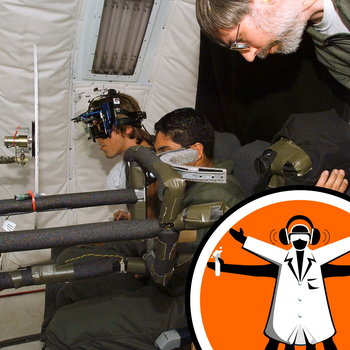
Loading player...
In this week's Planet Earth podcast from the impressively-named Diamond Light Source in Oxfordshire, England, hear how two researchers are using hi-tech physics to study different aspects of the environment.The Diamond synchrotron is like a giant, silver doughnut, is more than half a kilometre around and - according to the blurb - you could fit eight St Paul's cathedrals inside.You might imagine a huge machine like this is used only for physics experiments. But it turns out it's used to study everything from the nature of matter to food and new medicines.One researcher explains how his studies of earthworms at Diamond could help clean up contaminated soils. Another scientist tells us how his mussel shell research at the synchrotron may ultimately help make stronger materials for aeroplanes and hip replacements.Finally, find out how irrigation techniques used by ancient indigenous cultures could help Peru cope with water shortages caused by its disappearing glaciers. And hear how high speed winds off the coast of Greenland affect how heat moves around the world's oceans.




